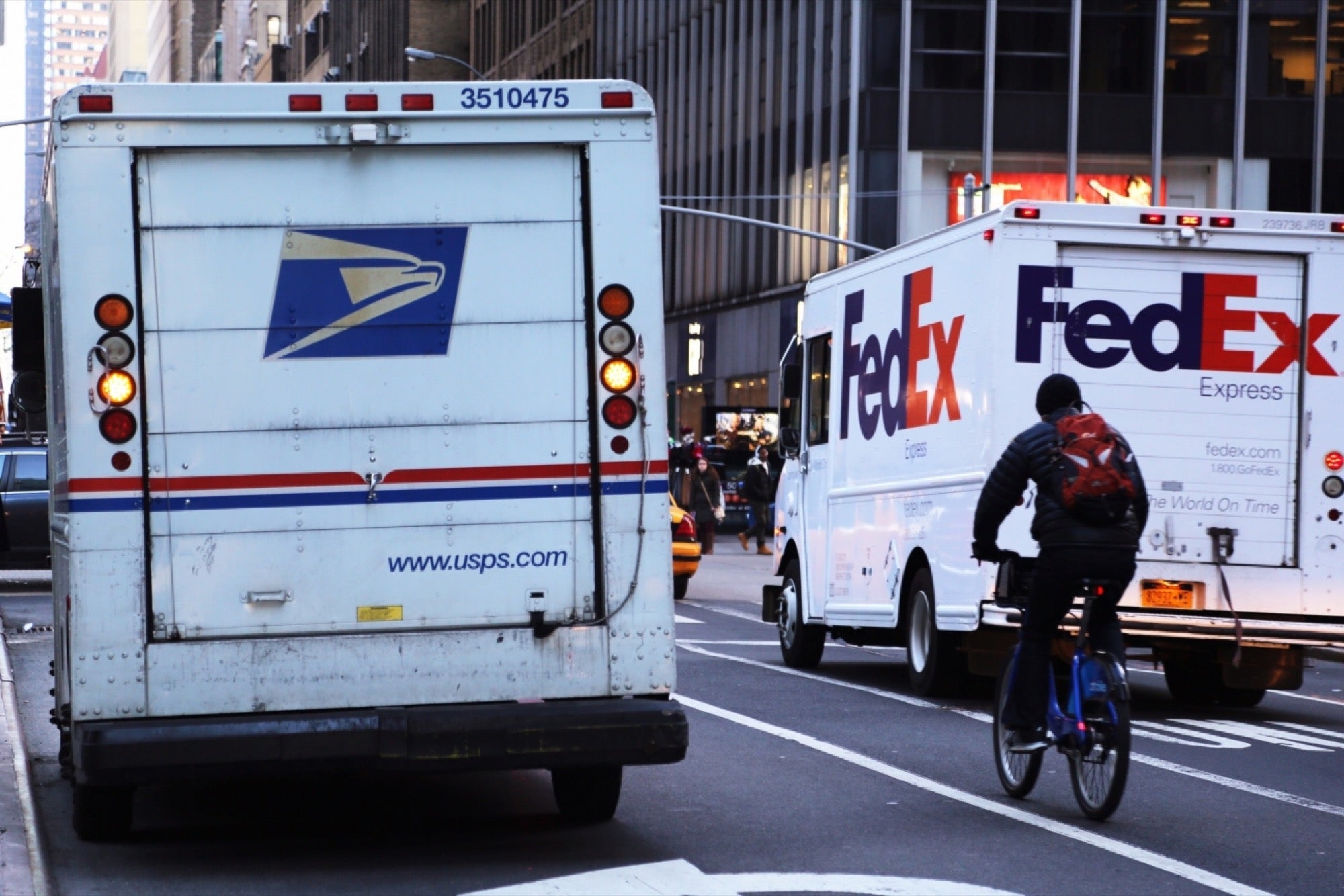Southeast Asia is Ripe For a Cashless Revolution With more than a 50 per cent of the region using the internet there are few places other than Southeast Asia where e-wallets can really take off
Opinions expressed by Entrepreneur contributors are their own.
You're reading Entrepreneur Asia Pacific, an international franchise of Entrepreneur Media.

Southeast Asia's rapidly rising internet and smartphone penetration rates means that cashless solutions will make a significant impact on the region's financial ecosystem.
Thanks to new FinTech advancements, we're now better positioned to create smarter ways of using the money. But while governments and banks are racing to develop cashless solutions to drive down large cash management costs, the cashless revolution hasn't quite taken off as anticipated.
But the region is home to over 600 million people, with more than 70 per cent of the unbanked. This means that cashless solutions can generate a meaningful and transformational impact on Southeast Asia's cash ecosystem and its people.
Powering ASEAN's Vital SME Sector
SMEs are the backbone of Southeast Asia's economy. Depending on which country you're in, they can make-up between 50 per cent and 99 per cent of all enterprises.
But many of them are credit-constrained as financial incumbents are risk-averse and disproportionately favour larger and more reputable enterprises – meaning that it can be hard for smaller players to secure the financing they need to grow their business or even start it.
This isn't because a lack of initiative by governments; many have had programmes designed to empower underbanked SMEs, such as Indonesia's business credit programme which has been running since 2016, but they aren't enough due to infrastructural and logistical difficulties. Hence, there should be alternative lending channels to supplement such solutions instead.
P2P lending is becoming more popular as a small business tend to view it as a more accessible avenue for financing. It's a way for individuals or businesses to request funds from investors via a digital platform, which also acts as a "middleman' between the requestor and the investor. Due to its P2P nature, multiple investors can contribute their funds towards a request – essentially making it much easier to link borrowers seeking financing to investors seeking attractive returns.
While P2P lending's origin the UK and US may make it seem unsuitable for the still-maturing ASEAN landscape, it's worth pointing out that the concept's initial foray into Asia mostly began in China – when a similar microfinancing model was targeted at farmers before being extended to consumers seeking to borrow small sums.
It's like bringing a bank to your doorstep – especially for people living outside of urban centres.
The Trade-offs Of Cash For Consumers
Cash is costly. Apart from needing to transport it around, the machines they're linked to need to be constantly maintained and to ensure that supply is always on hand.
For the average person on the street, this translates to lining up at long ATM lines without any real guarantee that there'll be enough cash left for you. On top of that, you may even get charged a transaction fee – particularly if you're stuck with an ATM that's not from your bank.
These are e-wallets seek to overcome. They are linked to bank accounts or payment cards which can be loaded with a stored value of money and used for a transaction at merchants. As long as you have enough in your balance, you won't need to worry about spending more time than you want outside just to get some basic supplies. And this can all be done easily on your smartphone.
Yet e-wallets in Southeast Asia aren't new; ride-hailing platforms such as Grab and GoJek have been using it for years whilst Chinese e-payment leaders Alipay and WeChat Pay are already in the regional market. However, the take-up has been underwhelming as many customers and merchants in the region face hurdles to digitalisation, such as literacy in applying new technology and having proper banking access.
But with more than a 50 per cent of the region using the internet (with 90 per cent of them doing so on smartphones), there are few places other than Southeast Asia where e-wallets can really take off and provide consumers with easy-to-use payment options.
Creating Fairer Remittance Channels
With nearly 7 million people sending home large portions of their incomes to support their families back home, the migrant economy has been vital to Southeast Asia's growth. The World Bank in 2015 found that these workers sent home a total of USD62 billion in remittances. That's the total national economic output of Myanmar and thrice that of Cambodia during the period.
Although remittances have helped to nurture the overall economic empowerment of Southeast Asia's population, traditional services have often suppressed migrant workers. At best, migrants are faced with high fees and slow transfer times as well as needing to take a day off work. At worst, the murkiness of the entire process often leaves them vulnerable to extortion and wage theft.
But the growth in internet and mobile technologies can alleviate their fortunes.
E-remittance channels are becoming more-than-viable alternatives as people no longer need to visit a physical location to send funds overseas. As the remittance process is digital, time is reduced when disbursing the funds whilst the need for e-remittance providers to stay competitive and cater to their target markets mean that their processing fees tend to be lower than traditional remittance providers.
Yet while the conventional remittance process is largely dominated by banks and service providers, the e-remittance sector is seeing newcomers leveraging on mobile apps to provide more convenience to migrant workers; of whom which possessing their own smartphone has become as important as their passports and work permits.
Getting Everyone Onboard
The benefits of cashless alternatives are no longer only apparent in advanced economies anymore. Southeast Asians can match our affinity for technology and the internet to transform the way we use our money.
However, there's still much work to do. While consumers and businesses need to familiarise themselves with how the technology can benefit them, financial service incumbents need to buck up their services and governments need to be resolute in their policymaking.
Cashless solutions have only just arrived but have quickly gained a foothold in Southeast Asia. While the transformation of the region's ecosystem is still ongoing, it is only through concerted follow-ups by states, traditional financial service providers and – most importantly – people can it be accelerated and made more equitable to the parties in the most need of revolutionary options.












